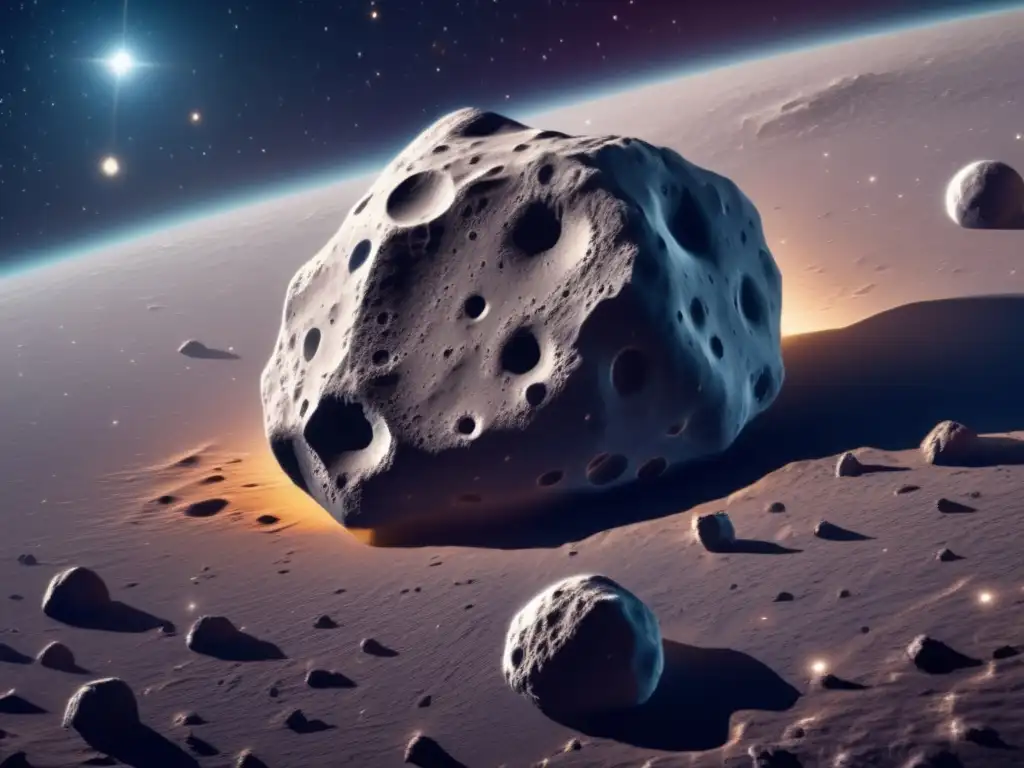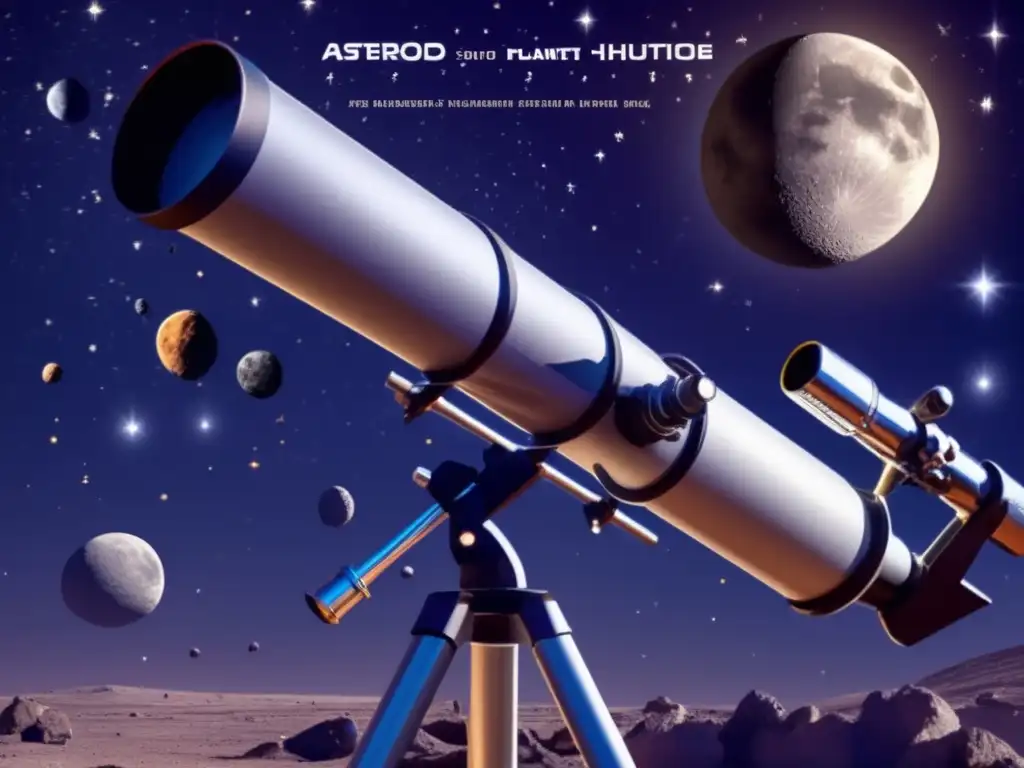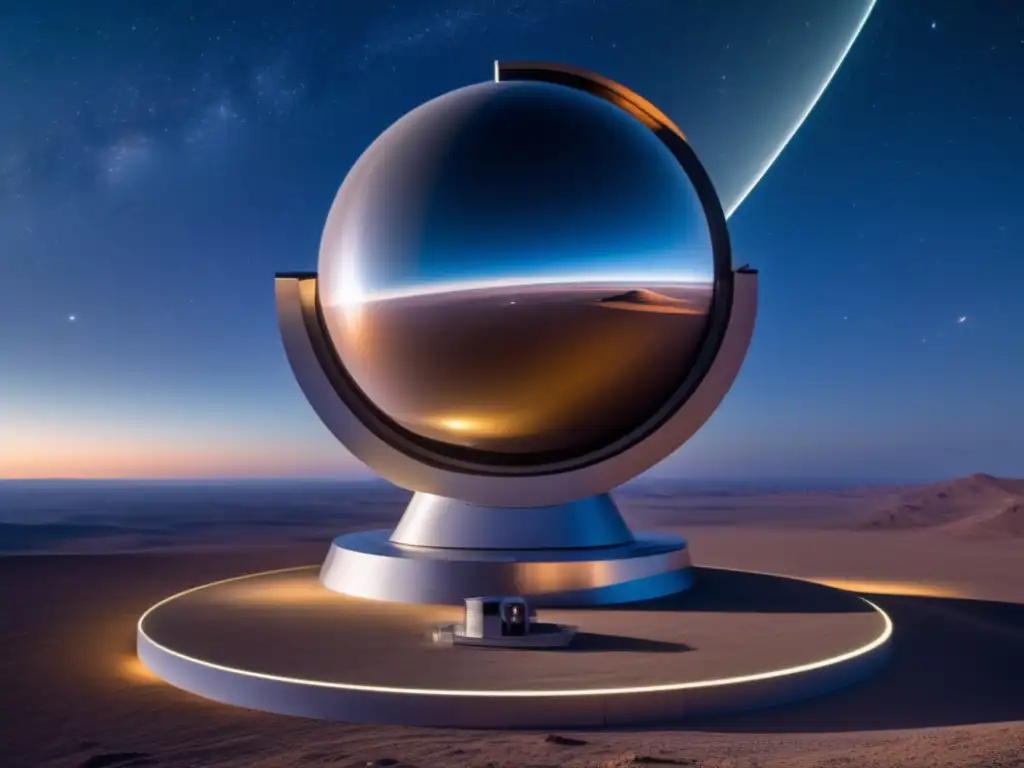Visual Aids To Improve Your Asteroid Hunting Skills

Introduction
The study of asteroids has fascinated astronomers and space enthusiasts for centuries. These celestial objects, also known as minor planets, orbit the Sun and are remnants from the early formation of our solar system. With advancements in technology and space exploration, our understanding of asteroids has significantly increased. In this article, we will explore visual aids that can enhance your asteroid hunting skills and help you delve deeper into the captivating world of these cosmic wanderers.
Understanding Asteroid Classification

Types of Asteroids
Asteroids can be categorized into different types based on their composition and characteristics. The three main types are:
- C-type asteroids: These dark, carbonaceous asteroids are the most common and make up approximately 75% of all known asteroids. They are rich in carbon-based compounds and often contain water and organic molecules.
- S-type asteroids: Comprising about 17% of asteroids, S-type asteroids are composed of silicate materials such as minerals rich in iron and magnesium. They reflect more sunlight and have a higher albedo compared to C-type asteroids.
- M-type asteroids: Metal-rich M-type asteroids are relatively rare, making up only about 8% of known asteroids. They are primarily composed of metallic elements like nickel and iron. These asteroids are thought to be fragments from the cores of differentiated parent bodies.
Asteroid Families
Asteroid families are groups of asteroids that share a common origin and have similar orbital characteristics. By studying these families, astronomers can gain insights into the formation and evolution of our solar system. Some well-known asteroid families include:
- Eos family
- Flora family
- Koronis family
Observational Techniques for Asteroid Hunting

Asteroid Surveys
To discover and track asteroids, astronomers employ various survey techniques:
Panoramic Imaging
Wide-field telescopes equipped with cameras capture large areas of the sky in a single image. Advanced software analyzes these images to detect moving objects, including asteroids.
Infrared Surveys
Infrared telescopes are essential for observing asteroids that emit thermal radiation. These surveys help identify potentially hazardous asteroids (PHAs) and determine their sizes and compositions.
Radar Observations
Radar systems bounce radio waves off asteroids and analyze the echoes to create detailed radar images. This technique provides valuable data on the shape, rotation, and surface properties of asteroids.
Asteroid Identification and Tracking
Minor Planet Center
The Minor Planet Center (MPC) is the global hub for collecting and disseminating information about asteroids and comets. It serves as a central repository for asteroid observations and orbital data, allowing astronomers worldwide to contribute to the study and tracking of these celestial objects.
Asteroid Catalogs and Databases
There are several comprehensive catalogs and databases available for accessing asteroid-related information. Some notable examples include:
Minor Planet Electronic Circulars (MPECs)
MPECs are electronic circulars published by the MPC and provide timely updates on newly discovered asteroids, orbital calculations, and other relevant information.
Asteroid Lightcurve Database
The Asteroid Lightcurve Database contains detailed lightcurve data for thousands of asteroids. Lightcurves help determine an asteroid's rotation period, shape, and surface features.
NEO Earth Close Approaches
The Near-Earth Object (NEO) website maintained by NASA's Jet Propulsion Laboratory (JPL) offers comprehensive information on close approaches of asteroids to Earth. It includes upcoming and past close approaches, orbital data, and impact risk assessments.
Frequently Asked Questions

-
Question 1: How can I contribute to asteroid hunting?
Answer: You can participate in citizen science initiatives like the Asteroid Zoo or join an amateur astronomy club to learn more about asteroids and contribute to their observation.
-
Question 2: What are the chances of an asteroid colliding with Earth?
Answer: While the probability of a significant asteroid impact is low, monitoring and tracking near-Earth asteroids is crucial to assess potential impact risks and develop mitigation strategies.
-
Question 3: Are there any missions planned to study asteroids up close?
Answer: Yes! Several space missions, such as NASA's OSIRIS-REx and Japan's Hayabusa2, have successfully reached and returned samples from asteroids. These missions provide valuable insights into the composition and history of these ancient bodies.
-
Question 4: Can asteroids be used as resources for future space exploration?
Answer: Yes, asteroids contain valuable resources like water, metals, and organic compounds. Mining asteroids could potentially provide essential resources for future space missions, such as fuel and building materials.
-
Question 5: How can I stay updated with the latest asteroid news?
Answer: Following reputable space news websites and subscribing to official space agency newsletters will keep you informed about the latest asteroid discoveries, missions, and research.
Conclusion
Asteroid hunting is an exciting field that requires a combination of observational techniques, data analysis, and collaborative efforts. Visual aids play a crucial role in enhancing our understanding of asteroids and tracking their paths through the solar system. By utilizing tools like panoramic imaging, infrared surveys, and radar observations, astronomers can uncover valuable insights into the mysteries of our cosmic neighbors. Remember to stay engaged with the asteroid community, share your thoughts, and continue exploring the wonders of asteroids. Together, we can unravel the secrets of our celestial neighborhood.
Encourage the reader to share their thoughts in the comments section and to positively interact with www.asteroidrealm.com, whether by subscribing, sharing the article on social networks, or other forms of participation. Thank the reader for their time and attention.
Additional Resources

For further information on asteroids and related topics, consider exploring the following resources:
- [Link to a reputable asteroid-related website]
- [Link to an educational video or documentary]
- [Link to a relevant scientific paper or publication]
 Tips And Tricks To Prevent Telescope Condensation During Asteroid Observation
Tips And Tricks To Prevent Telescope Condensation During Asteroid Observation How To Clean And Maintain Your Telescope For Asteroid Observation
How To Clean And Maintain Your Telescope For Asteroid Observation The Use Of Star Atlases In Asteroid Observation
The Use Of Star Atlases In Asteroid ObservationIf you want to discover more articles similar to Visual Aids To Improve Your Asteroid Hunting Skills, you can visit the Telescopes and Asteroid Observation category.
Leave a Reply

Articulos relacionados: